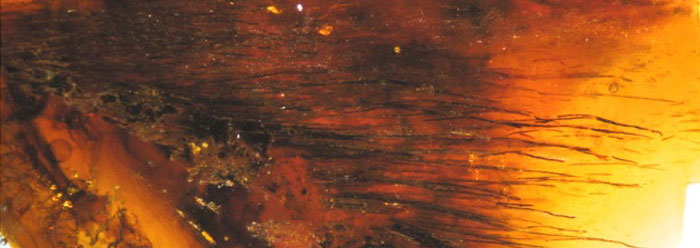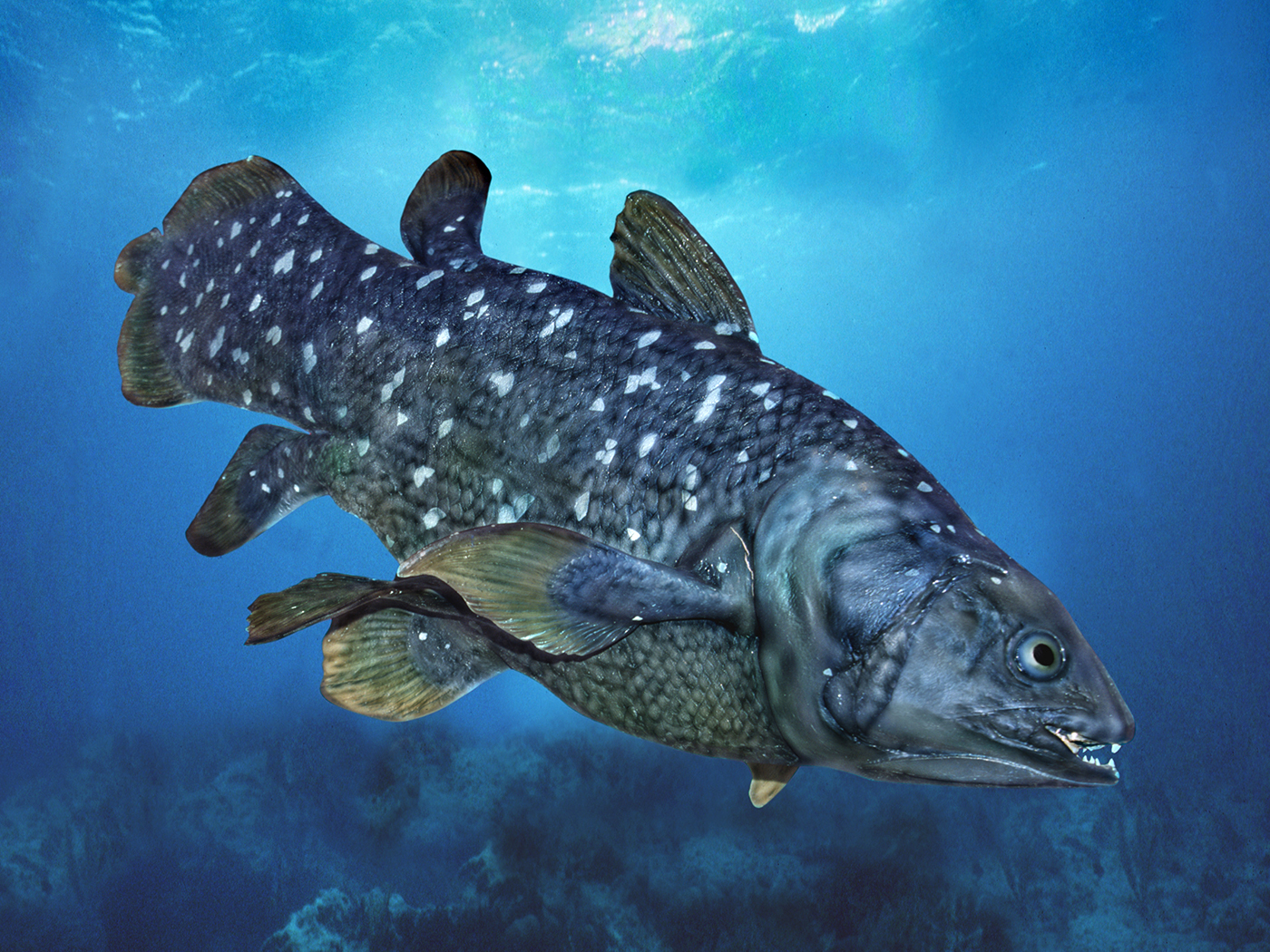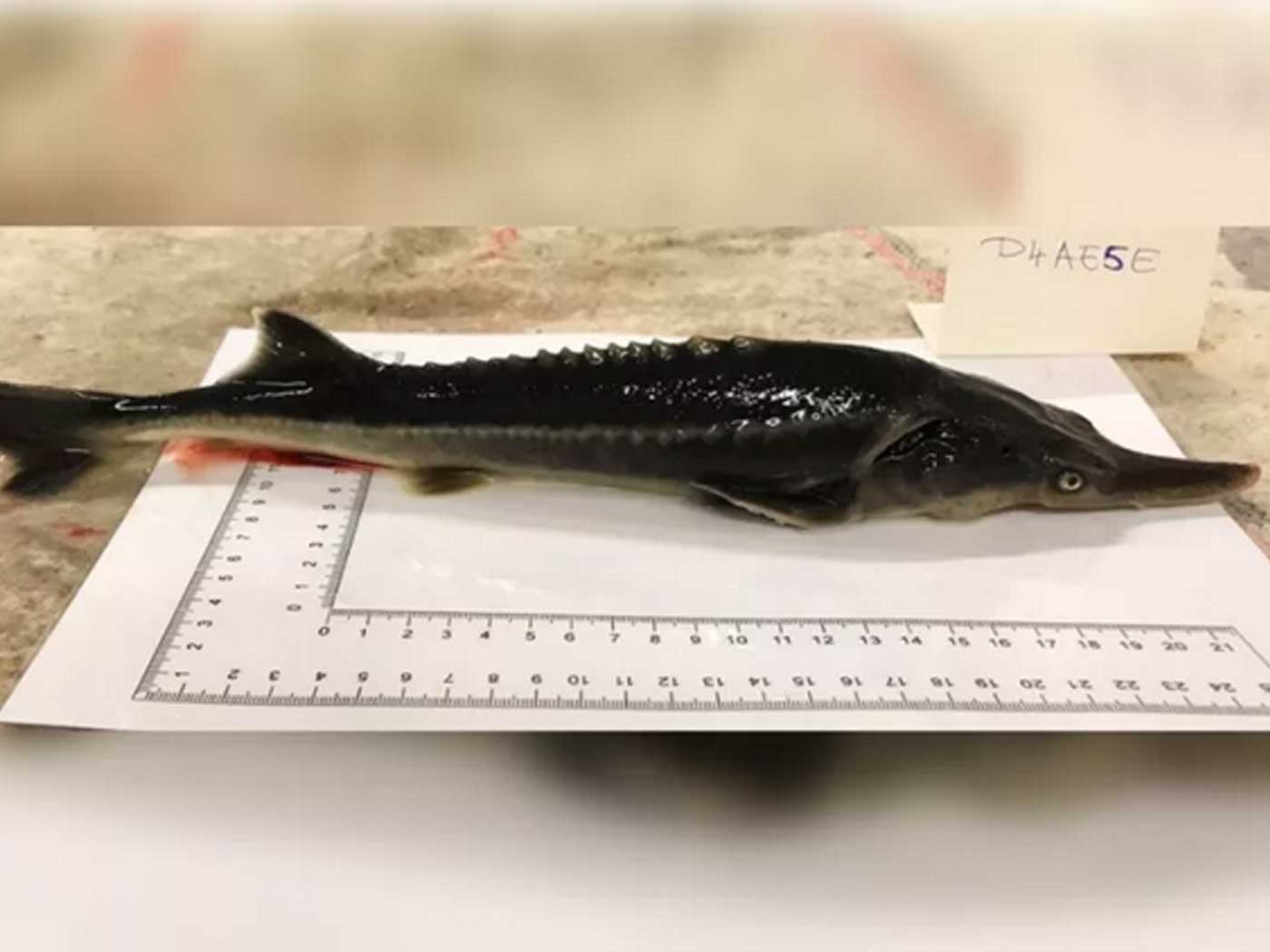If dinosaurs evolved into birds, then fossils should show plenty of sequential transitional features between the two groups. For example, some evolutionists speculate that the earliest stages of feather evolution consisted of filaments, or "dinofuzz," on dinosaurs' skin.
ScienceNOW reported that researchers led by paleontologist Ryan McKellar have found just this kind of material in Canadian ambers.1 In their study published in Science, his team wrote, "Eleven feather or protofeather specimens were recovered by screening over 4000 Grassy Lake amber inclusions."2 But based on scientific observations, there's a good chance that these finds have nothing to do with dinosaurs at all.
The amber samples were assigned to Late Cretaceous deposits, which are systematically provided an age of at least 65 million years.3 However, the amber was still transparent, indicating that it is thousands and not millions of years old.4 Translucent amber cannot contain anything from some evolutionary dinosaur age, because oxidation would have long since darkened it.
If dinosaurs evolved into birds, then protofeathers should be found on dinosaur fossils located below (and therefore dated before) fossils of birds, not above and after them. McKellar's fibers came from Cretaceous deposits, but true bird feathers have been found in fossil layers far below the Cretaceous. Why would feathers still be evolving long after they supposedly already existed?
Yale University's Richard Prum told ScienceNOW:
The lack of any other remains in the amber…a distinctive bit of bone, say, or a shred of skin…leaves open the possibility that the structures aren't associated with dinosaurs at all. Indeed…they could be something completely new that hasn't been preserved elsewhere in the fossil record.1
So, why did McKellar's team confidently refer to this find as "protofeathers" when the sample was 1) found in total isolation from any real dinosaur evidence, and 2) smaller than known feather shafts, being the same diameter as "peach fuzz" mammal hairs?
The research listed examples of all five proposed stages of feather evolution from different creatures that were living in the same environment and at the same time when the Canadian ambers were formed.5 But this is opposite to what one would expect if feather evolution was driven by natural forces such as changing environments and competitors over millions of years.
In 1998, small dinosaurs from China were said to have had fossilized protofeathers, but further research showed that the fibers were likely decayed skin remnants.6 Future studies will doubtless find that the true identity of these tiny amber-encased fibers also has nothing to do with any evolutionary "protofeathers."
References
- Perkins, S. 'Dinofuzz' Found in Canadian Amber. ScienceNOW. Posted on news.sciencemag.org September 15, 2011, accessed September 19, 2011.
- McKellar, R. C. et al. 2011. A Diverse Assemblage of Late Cretaceous Dinosaur and Bird Feathers from Canadian Amber. Science. 333 (6049): 1619-1622.
- Woodmorappe, J. 1999. The Mythology of Modern Dating Methods. El Cajon, CA: Institute for Creation Research.
- Thomas, B. Scan of Amber-Trapped Spider Shows Recent Origin. ICR News. Posted on icr.org May 27, 2011, accessed September 20, 2011.
- Amber forms quickly from tree resin, and large amber caches imply catastrophic damage to trees. Thus, the Canadian amber cache resulted from a sudden catastrophe. See Thomas, B. How Did Marine Organisms End Up in Tree Sap? ICR News. Posted on icr.org November 20, 2008, accessed September 22, 2011.
- Feduccia, A., T. Lingham-Soliar and J. R. Hinchliffe. 2005. Do feathered dinosaurs exist? Testing the hypothesis on neontological and paleontological evidence. Journal of Morphology. 266 (2): 125.
Image credit: Copyright © 2011 AAAS. Adapted for use in accordance with federal copyright (fair use doctrine) law. Usage by ICR does not imply endorsement of copyright holders.
* Mr. Thomas is Science Writer at the Institute for Creation Research.
Article posted on September 23, 2011.
























